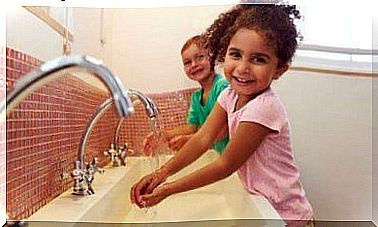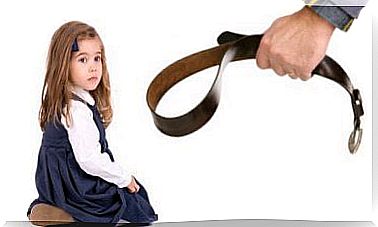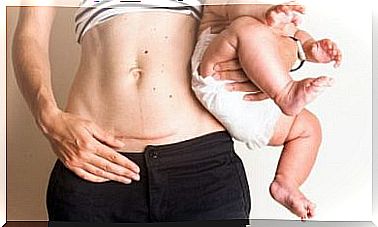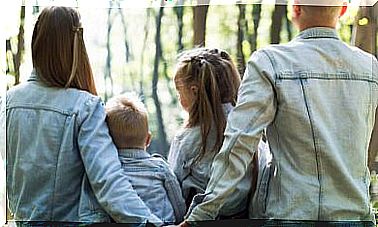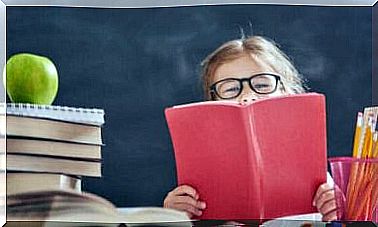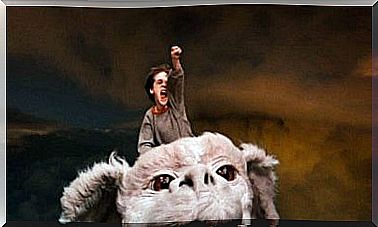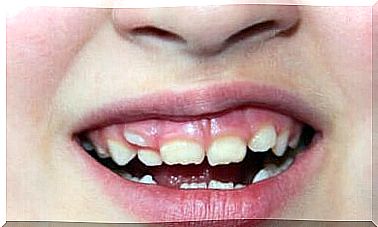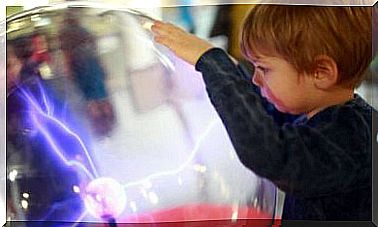The Development Of The Sense Of Sight In Children
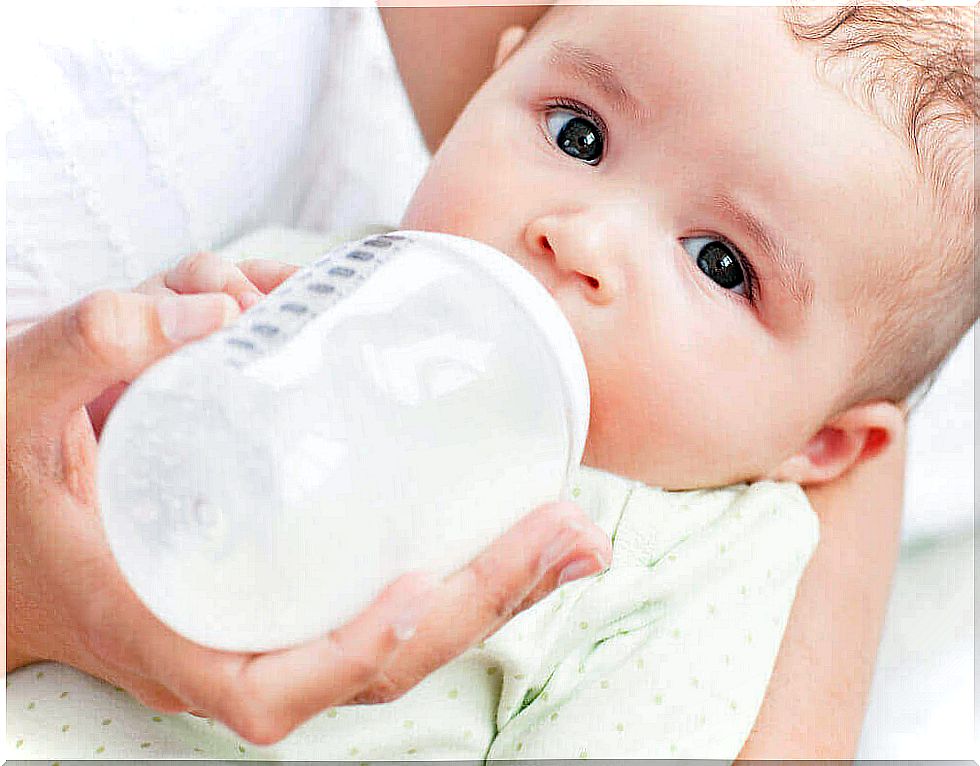
Of the 5 senses, the sense of sight is the one that helps us the most in interpreting the world around us. Its development occurs gradually and it occurs, for most, during the first months of life. So, how can we keep our baby’s eyes healthy?
The organ involved in our vision is our eyes. Our eyes are made up of two, incredibly fragile, spheres, which are located in front of our face. Their anatomy is very complex, and consists of several, different parts. Each part of our eyes has a specific purpose, either for protection or function.
Like any other organ or sense in our body, our eyes have a gradual development. As babies grow and mature, their vision will become more defined. At around 8- and 9-months of age, one can say that a child’s vision is fully developed.
The development of the sense of sight in children
The sense of sight in newborn babies
The sense of touch, the sense of hearing, the sense of smell and the sense of taste are all almost fully developed when a child is born. However, it takes longer for the sense of sight to reach its full potential.
During children’s first months of life, the brain is not prepared to process all the information that the eyes send.
Therefore, their vision is blurred, with very little definition. This means that small babies may have difficulty coordinating their movements with their vision.
Do not worry if your baby, from time to time, becomes squinty or the eyes drift out to one side or the other. Over the next few weeks, your baby will learn to focus his sight.
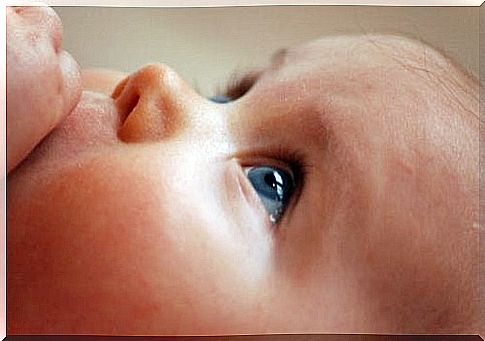
The following months
Beginning in the second month of life, children’s sense of sight will allow them to distinguish between colors.
Gradually, you will discover how your child becomes more aware of lighter and darker colors. At the same time, your child’s ability to follow an object with his eyes will also improve.
Around the end of the third month of life, babies will begin to move their hands, grabbing for objects. This is due to their incipient motor coordination. Furthermore, the increased development of the neural circuit will allow them to distinguish between shapes and other characteristics of the objects they hold.
From the fifth month, the sense of sight in children will allow them to better distinguish between shapes. This means they can better appreciate small objects and their colors.
In just a few weeks, your baby’s vision will reach its full development. Finally, your little baby will be able to see people and objects from a distance.
How do you take care of your child’s vision?
Of course, periodic visits to the pediatrician, as well as the ophthalmologist, are important. Furthermore, there are certain recommendations you can put into practice to take care of your child’s vision.
First and foremost, as in many other cases, proper nutrition is important. A healthy diet rich in vitamins – especially vitamin A – will keep your baby’s eyesight in good shape.
At the same time, you should be very careful with your child’s hands. Children tend to play with soil and grass, and may, from time to time, rub their eyes. This combination can lead to infection. Therefore, you should be careful about your child’s health and hygiene.
At the same time, it is very important that we limit the amount of time that children spend in front of screens.
Here, we refer not only to televisions but also computers, tablets and mobile phones. And, of course, when your child has screen time, you should always make sure that a certain distance is kept to the screen.
Finally, invest in a pair of good sunglasses with UV protection. This is fundamental to protecting your child’s eyes from the harmful effects of prolonged sun exposure. Wearing sunglasses is not about sending a fashion message – they are necessary.
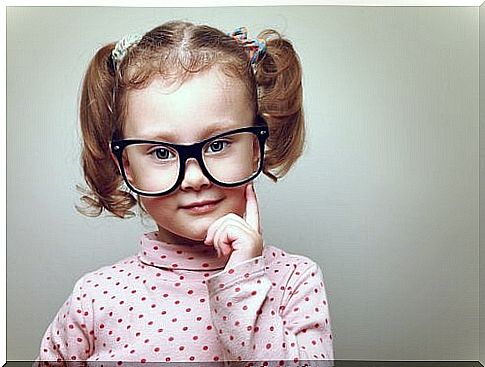
Vision problems in children
The following problems may be an indication that something is wrong with your child’s sense of sight. You should take your child to a doctor’s consultation if he or she experiences any of the following symptoms:
- Lack of coordination
- Problems recognizing shapes – whether they are close or far away
- Headache
- Itchy eyes
- Constantly dry eyes
When it comes to babies, keep an eye on the following red flags, and discuss them with your pediatrician if they occur:
- Your baby is not able to follow objects with his eyes, at the age of 3 months.
- One or both eyes do not move in a particular direction.
- Your baby is not able to keep his eyes locked on a particular thing.
- Stains or discolorations in the pupils.
Finally, you should keep in mind that there are other factors that can predispose children to vision problems.
These can be genetic – especially if another family member has experienced them – or they can be pathological. The latter category includes accidents, trauma, and exposure to harmful stimuli.
